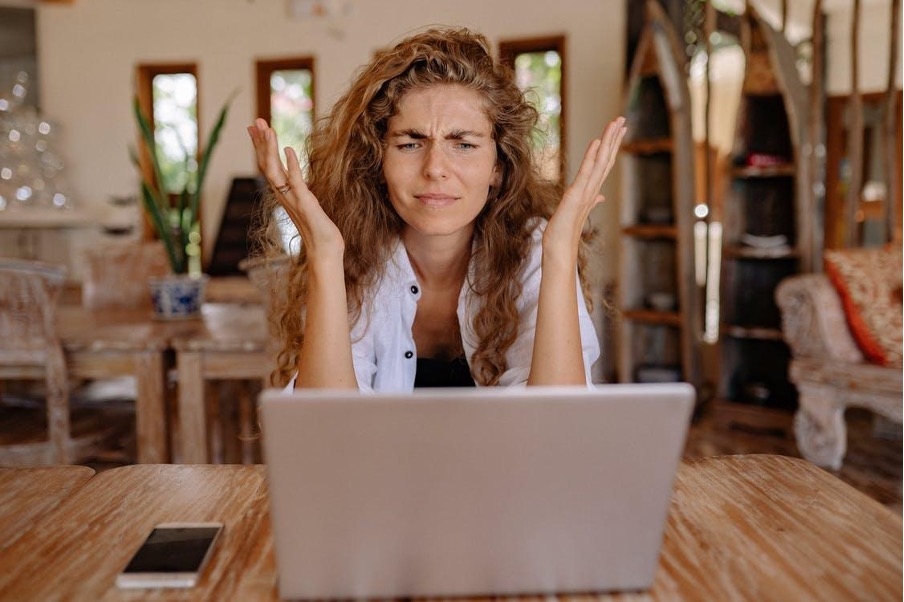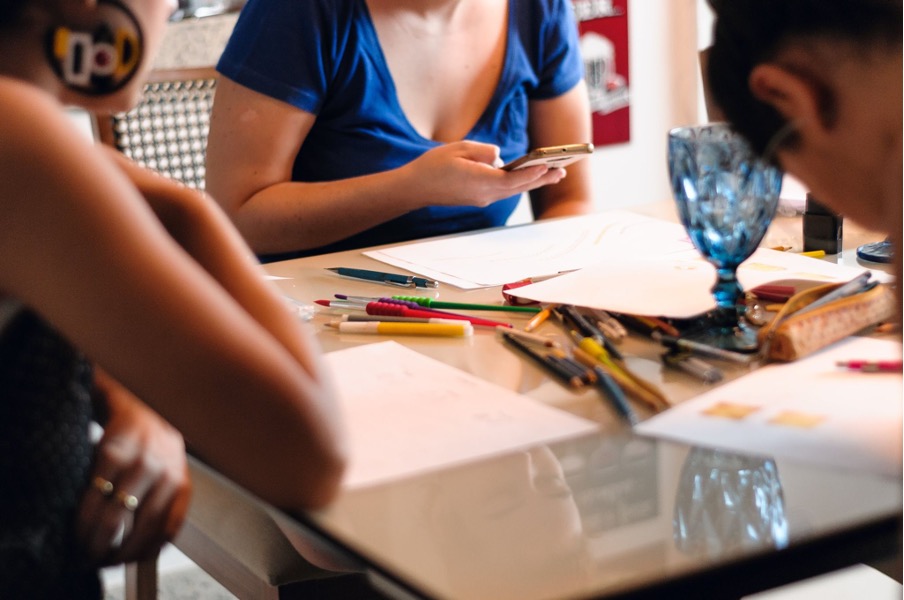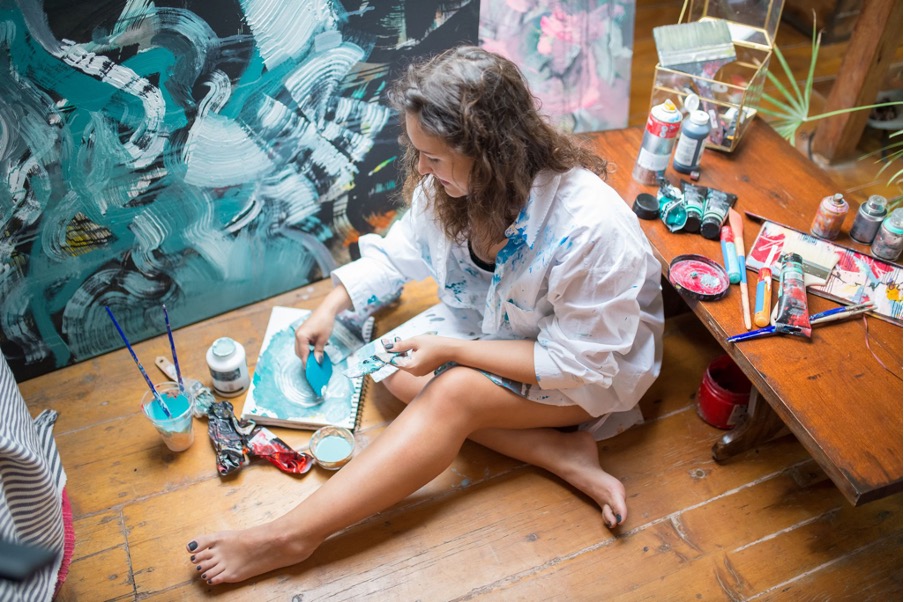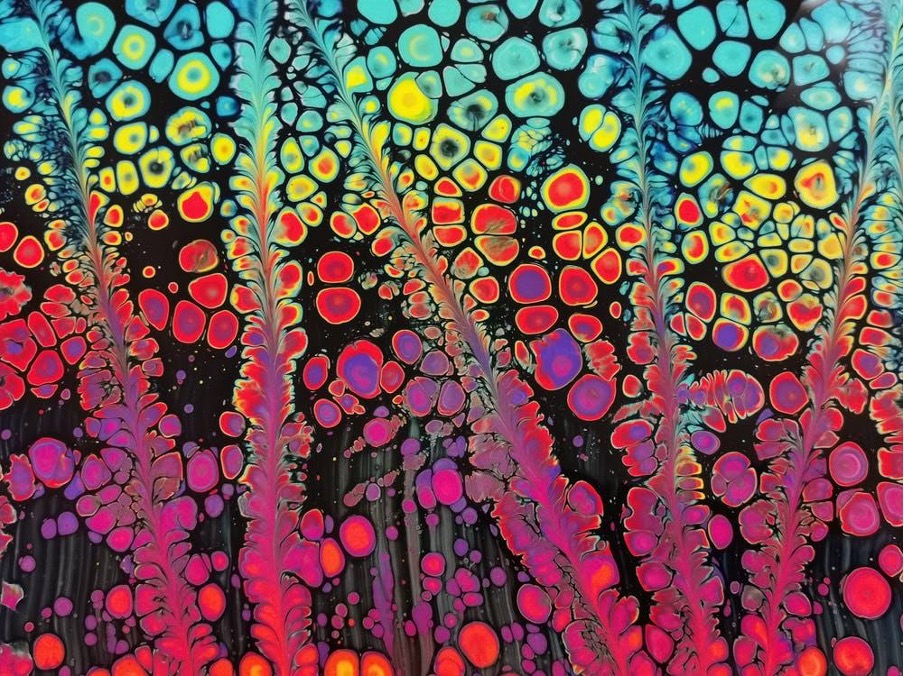Do you love creating artwork, crafts, or other handmade items? You’re not alone. According to Statista, online selling has been growing steadily over the past few years, with the e-commerce market currently estimated at over $1 trillion. The demand for handmade products is also increasing, with sites like Etsy and Pinterest becoming extremely popular among users interested in buying and selling handmade goods.
In this blog post, we’ll be discussing some of the most effective SEO strategies for artists in any medium. For example, how do you market yourself? How can you get more followers on your Social Media profiles? How can you optimize your website for search engines like Google so it comes up on their first results page? These are just some of the things that pop up when becoming an online artist. We’ll cover everything from optimizing your social media presence to crafting keyword-rich product descriptions.

MAKE SURE YOUR WEBSITE IS EASY TO USE AND UNDERSTAND
If you’re an online artist, you will want to ensure your website is easy to use and understand. Not only that, but it should also be easy to navigate, with a simple, clean layout.
There are many different things to consider when creating your website, from the colors you use and the fonts you choose, to how you layout your content and where you place the buttons. If you want to make sure your website is user-friendly, you should keep it simple.
There are also a few things you can do to make navigation easier for visitors. One of these things is using clear titles on all of your pages. This way, if someone is looking for a specific page on your site, they will be able to find it quickly.
Another thing you can do is make sure all of your links are working correctly.

BE CAREFUL WITH GUEST BLOGGING
Guest blog posts are your spare tire to gain visibility and exposure for your business. But there are some things to keep in mind when guest blogging if you have an online artist website.
There are many benefits to guest blogging. You can increase your reach and build your audience by being a guest on someone else’s blog. You also get the added benefit of having your content published on another site, which can help with search engine optimization and SEO.
But one thing you need to be careful about is duplicate content. If you’re guest blogging on a different site than your own, make sure that the content you’re posting is unique and not already on your own site. It is comfortable to use a service for backlink finding to boost your art platform. Also, be sure to include a link back to your website at the end of each post so that it’s easy for readers to find you if they want to learn more about you, your work, or your services.

INCLUDE HIGH-RES IMAGES OF YOUR WORK
Whether your work is digital or physical, a high-resolution image is vital to selling art online. The image should clearly show the details of your work and the colors should be accurately represented. Customers will be able to zoom in on details, so you need to make sure any text is legible. If you want people to buy your art, they need to be able to see what they are getting. Even if the colors and textures are difficult to convey in a flat image, there should be some level of detail in the picture. By doing this, you will give potential buyers confidence in your work, which could lead to more sales and increased exposure for your business.
If you use Instagram as a platform to showcase your work, keep in mind that there is no option to enlarge the photo. For example, it is difficult to see the texture of the skin on the screen of a mobile phone, and you, as a retoucher, have spent a lot of time on working on it. Photo editing service Photza came up with how to show such details. They zoom in on small details and highlight them in a photo in the Instagram portfolio.

WRITE KILLER COPY AND HAVE QUALITY CONTENT
Killer copy is crucial for any artist’s website. People want to know what your art is about, and why they should buy it. If your website doesn’t have enough information, people will assume that your art is no good. That’s why you need to write clear, compelling copy. You should also make sure that your content is high quality. You should use correct spelling and grammar, and provide visual content when appropriate.
Finally, you should use a professional-looking site design. A well-designed site will inspire trust in potential customers, and help you sell more art. The bottom line is that you can’t afford to skimp on the quality of your website content. Don’t just slap up a few paragraphs and call it a day. Instead, take the time to create quality content that will capture people’s attention and interest. If you can create content that people want to read, then you’re on the right track!

BE SURE TO INCLUDE YOUR BEST WORK IN THE HEADER
By the time you have put together a website, you should have your best work ready to go. You can’t expect people to browse through pages and pages of lackluster art. Instead, you need to give them what you’re best at right away. This will make it easier for people to find what they are looking for, and it will also give you more opportunities to sell.
ADD A RESPONSIVE WEBSITE LOGO
A logo is the most important element of your website. It’s the first thing people see when they visit your site. A logo tells people what your business is about. It’s also the simplest way to show off your brand and personality.
A responsive website is one that adapts its layout to different screen sizes automatically. Whether you’re using a desktop, tablet, or mobile phone, the website should look good. With a responsive website logo, you can ensure that everyone can see your logo as it should be seen.
Keep your logo simple and bold with a minimalistic design.

BE CAREFUL WITH COLOR CHOICES
When it comes to art websites, color is everything. Not only do colors have a huge impact on how people respond to your artwork, but they can also make or break your website’s usability. The first thing you need to know is that different people respond to colors in different ways. So if you want to optimize your art website for as many people as possible, you’ll need to pick colors that are appropriate for a wide range of viewers.
For instance, if you’re selling art prints on your website, you’ll probably want to steer clear of bright, bold colors. These colors are great for drawing attention to your artwork and creating a bold, striking aesthetic. But they can also be too much for most people. Additionally, people who have colorblindness may struggle to differentiate between certain colors, which can affect their ability to navigate your website.
So before you choose an eye-candy color scheme for your art website, make sure to consider the overall impact of these colors on accessibility.
WRAPPING UP
SEO for artists is a lot about creating content that will rank well for keywords related to their field. If you are an artist, it makes sense that you would want to rank well for keywords related to your field. A good keyword for any artist is “artist.” It’s also good to be creative with your content. If you can include your work in the header, use your company name throughout the content and make sure to tell people who you are and what your company does, then you have the chance of ranking well on search engines. The best tactic to optimize your content is to use keywords and phrases that are likely to be searched by potential customers interested in your kind of art.
Author Bio: Mary Hunter is a successful American freelance lifestyle blogger with advanced writing skills. She is currently working for linksmanagement.com. Mary has experience in editing, marketing, and her works appear in different publications and website articles. Her main goal in life is not to set up any goals and keep working every day.

